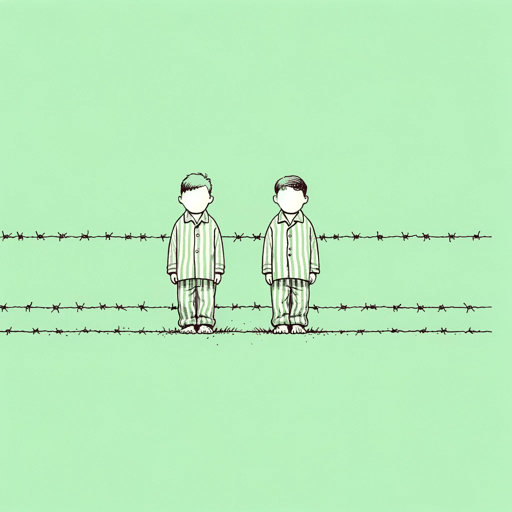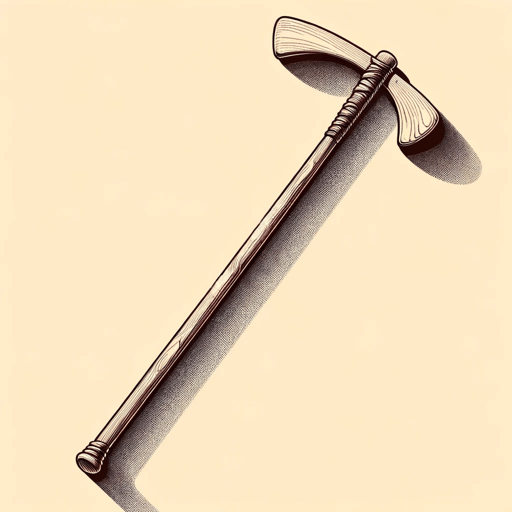66 pages • 2 hours read
John BoyneAll the Broken Places
Fiction | Novel | Adult | Published in 2022A modern alternative to SparkNotes and CliffsNotes, SuperSummary offers high-quality Study Guides with detailed chapter summaries and analysis of major themes, characters, and more.
Background
Historical Context: Nazis, France, and the Holocaust
Content Warning: This section of the guide contains detailed descriptions of the violence perpetrated by Nazis during the Holocaust as well as violence against women.
“Nazi” stood for the National Socialist German Workers’ Party, but the Nazis weren’t socialists: Their agenda centered on war and genocide, and their leader was Adolf Hitler. In the story, Kurt Kotler describes meeting Hitler and feeling “in the presence of something otherworldly” (294). Kurt’s description connects to history. The 20th-century German journalist and historian Konrad Heiden witnessed Hitler’s rise and called him “one of the most tremendous phenomena of all world history” (Der Fuehrer, Houghton Mifflin, 1944, p. 35). Hitler used his charisma to win fair elections and push the Nazis into power. In 1933, Hitler became Germany’s chancellor and replaced democracy with totalitarianism. The Nazis had total control and created scapegoats, largely communists and Jewish people, to blame for myriad problems. On September 1, 1939, Hitler took advantage of the war-weary world and invaded Poland, launching World War II.
The Nazis attacked quickly and controlled most of Europe, including France, which they invaded in May 1940. The Nazis occupied northern and western France (the parts that included Paris), and the French, working with the Nazis as “collaborators,” controlled the southern and eastern portions of the city of Vichy, including the Vichy government.
Related Titles
By John Boyne





